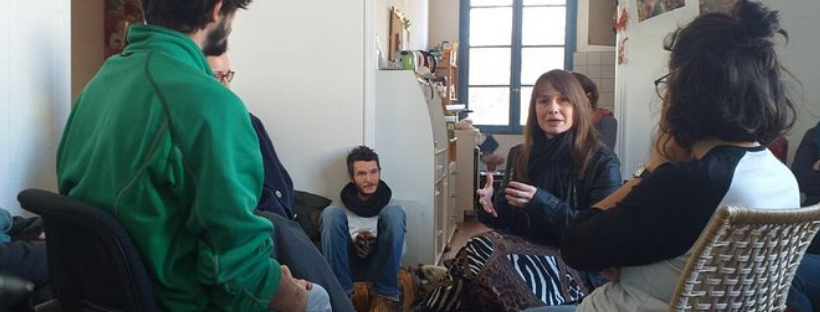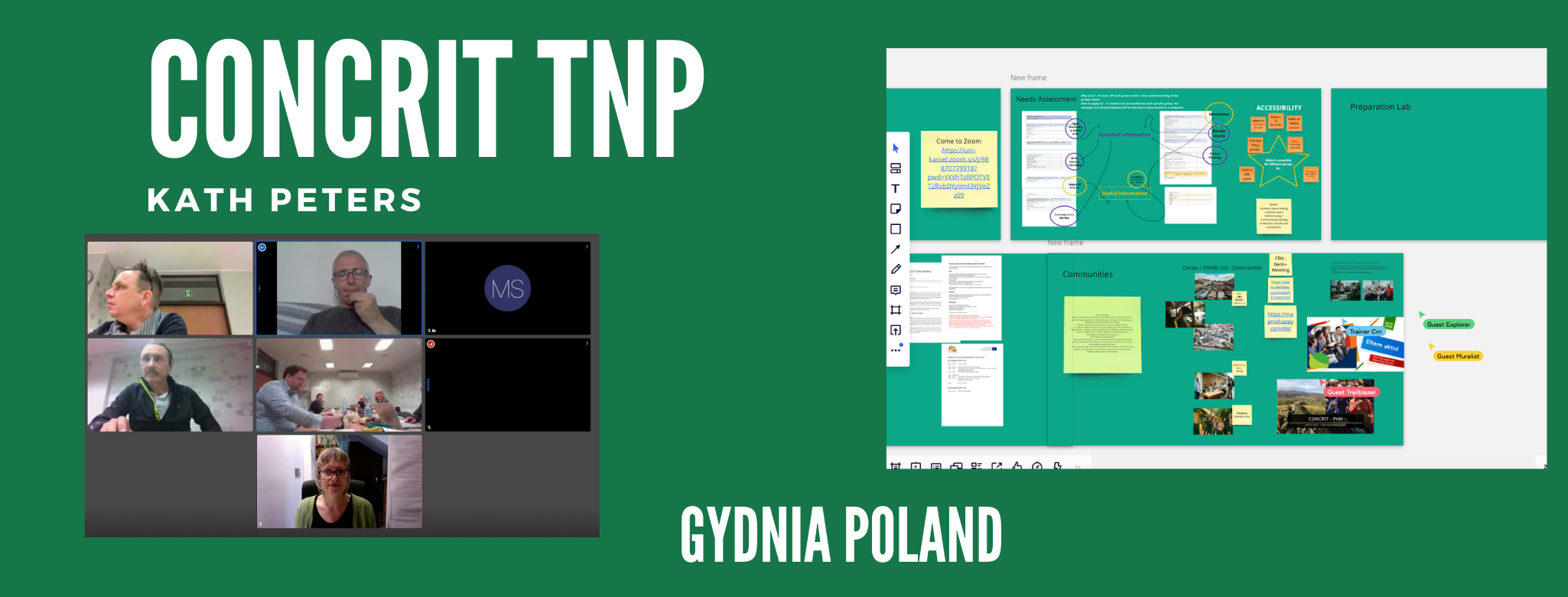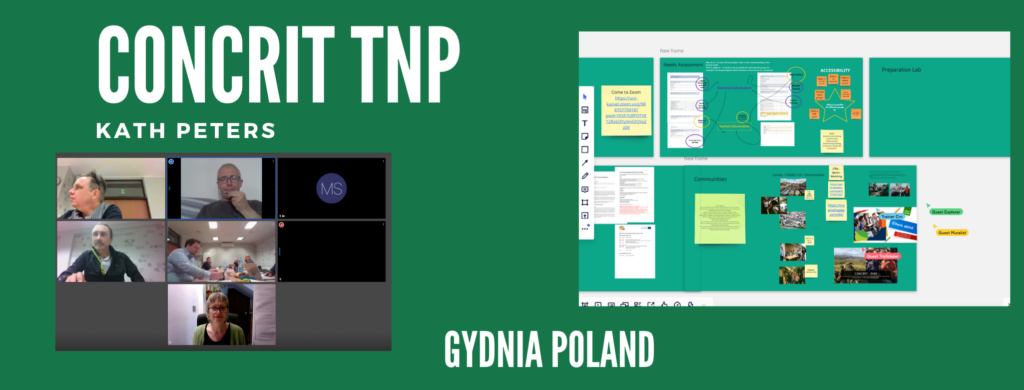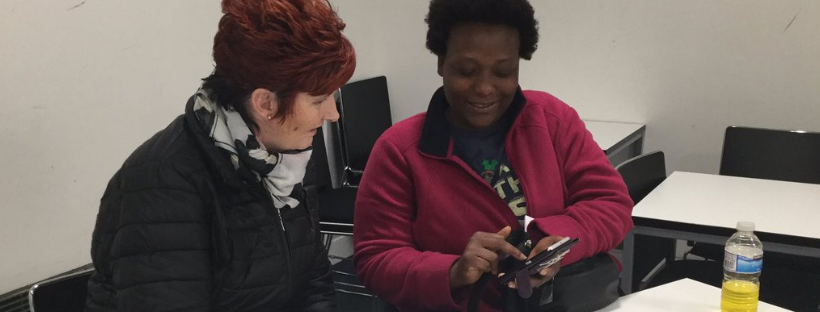DOING IT WITH OTHERS – THANK YOU!
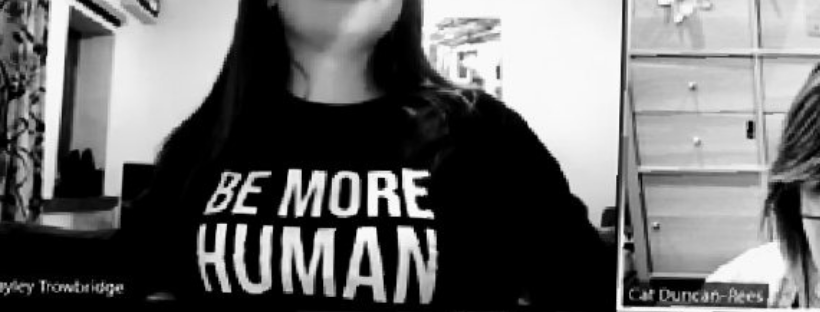
Hello Everyone! Hayley here from the People’s Voice Media team.
Whilst I now may be a little ‘zoomed out’, I just wanted to say a heartfelt thank you to everyone who made this year’s Institute of Community Reporters’ conference possible. Thank you to every speaker and workshop leader. Also a BIG thank you to all of you who came, shared your ideas, energy and enthusiasm for collaboration, co-production, co-creation… or whatever we call it when we work together to do awesome stuff!
Running through the different events, it was clear that there is a growing push for us to ‘be more human’ (I’ve stolen a Camerados slogan here). It seems that more and more of us are wanting to get back to basics, to connect with folk in very real (even if digital) ways. We discussed the things that may be wrong with our worlds and the institutions and infrastructures that govern them… but we also shared experiences of when humanity is at its best. There were also spaces created in which we could own our own lack of knowledge, challenge each other and learn from others – I hope we can continue to create these spaces and strengthen them in the future. What came through is how important those environments are and how we always need to be reflecting on what we do and why we do it. We should be more open to criticism and see that as a learning opportunity, not a negative (I’m personally trying to work on this!). We need to get more ‘comfortable’ with the ‘uncomfortable’ and be open to having our perspectives questioned. After all if we can’t do that with one another – who is going to watch the watchmen? 😉
With all the events done, I’m left with two feelings. Firstly, the feedback we have had on our work – what’s going right and where we can be better – has boosted my energy and given me ideas to take forward. It has left me and other members of the team ‘buzzing’ to see how people are connecting with storytelling and its potential to create real change. Secondly, and this is perhaps what I am most grateful for on a personal level, is that I feel less alone. There were many of you who popped-up at various events and connecting with you has made me feel less of a lone wolf, and more like a member of a pack. Let’s keep working together. x
